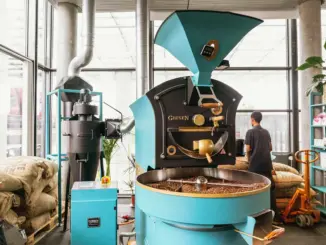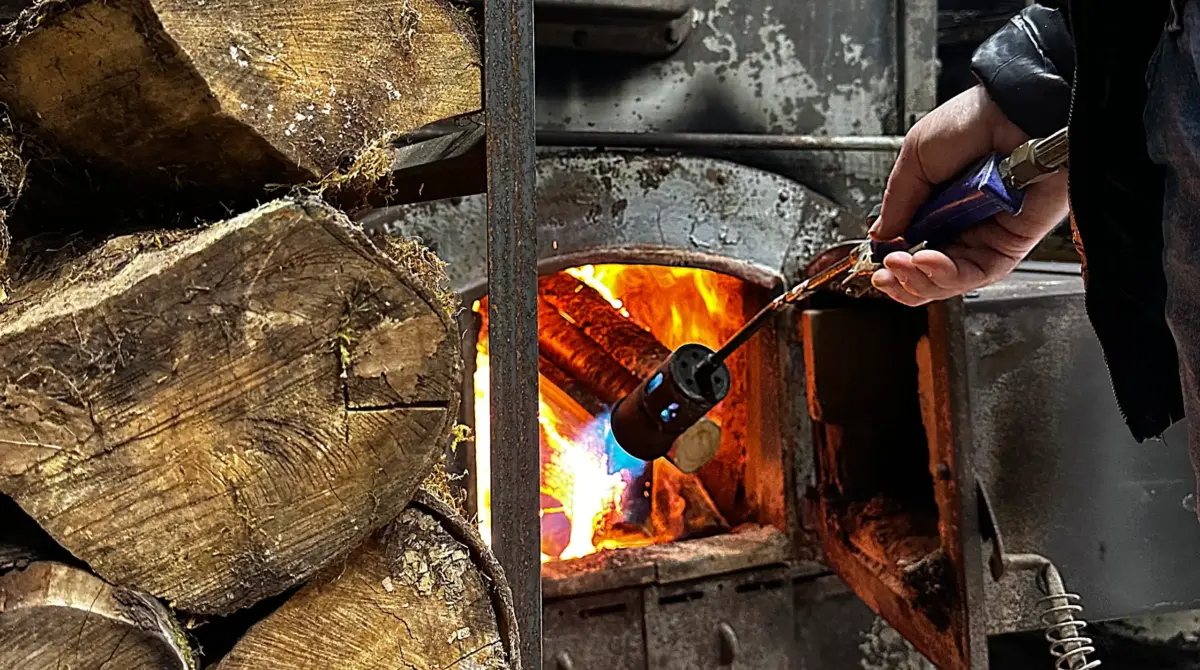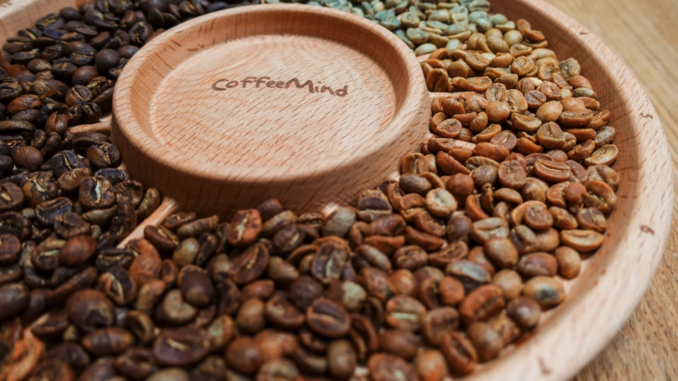
CoffeeMind brings roast color to the table and encourages a simple approach to coffee roasting.
BY VASILEIA FANARIOTI
SENIOR ONLINE CORRESPONDENT
Photos by CoffeeMind
While roast color in specialty coffee is considered an important parameter (i.e., light, medium, dark, etc.), a new approach uses color somewhat differently—as a fundamental quality-control tool. We talked to Morten Münchow, founder of CoffeeMind, to get his insights on the role of color in coffee roasting, and how to approach roasting coffee in a simple, tailored way to fit a business.
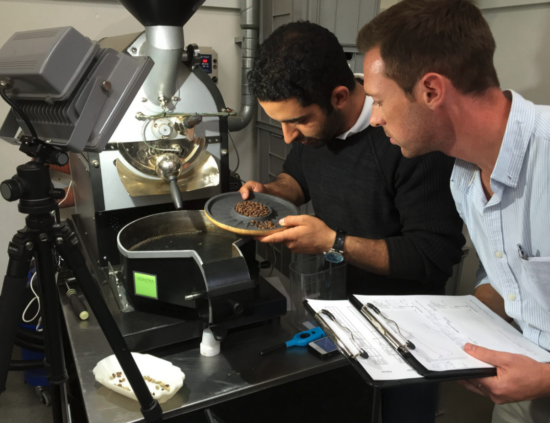
The Role of Color in Coffee Roasting
With an academic background in biology and philosophy, as well as years of experience in the coffee industry as a roaster, consultant, and trainer, Morten has a wide perspective on coffee. In 2014, he launched CoffeeMind, a Copenhagen-based coffee academy that provides Specialty Coffee Association (SCA)-certified and customized coffee education courses with a focus on quality control and sensory analysis. The academy also offers research and consultancy services within the various areas of the specialty-coffee industry for both individual customers and businesses.
Recently, the CoffeeMind Academy teamed up with the Department of Food Science at the University of Copenhagen and the SCA to conduct research on the relative importance of two roasting parameters—color (i.e., roast degree) and time—on the sensory properties of coffee. They published their findings in an article titled “Roasting Conditions and Coffee Flavor: A Multi-Study Empirical Investigation.”
”Our aim is to provide a practical framework for the coffee industry to understand how roast color and time affects flavor. Our research has found that color is the most important factor to consider in product development and quality-control procedures for roasted coffee. Time after first crack is also a significant factor, but factors such as rate of rise (roast curve) fall lower in the order of priority in product development and quality control procedures,” Morten explains. This might sound surprising to some, as there is not much talk about color when it comes to coffee roasting—the focus is usually on time, temperature, and roast curves.
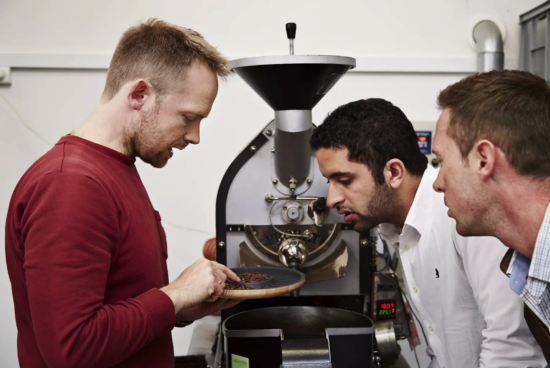
From Hearsay to Scientific Data
While opinions on roasting abound, scientific data supported by accessible research is more difficult to find. The team at CoffeeMind believes their research will help make understanding the process of roasting and its effects on coffee easier for more people in the specialty-coffee industry.
To help further, they created a color palette that allows coffee roasters to compare and document the colors of different coffees. The central reference color is surrounded by compartments where samples can be added during roasting. As the beans are roasted, they become darker and eventually match the central color. Developed for training and research purposes, this palette is a useful tool for coffee roasters to have a more objective approach in their decision-making processes when it comes to roast profiles.
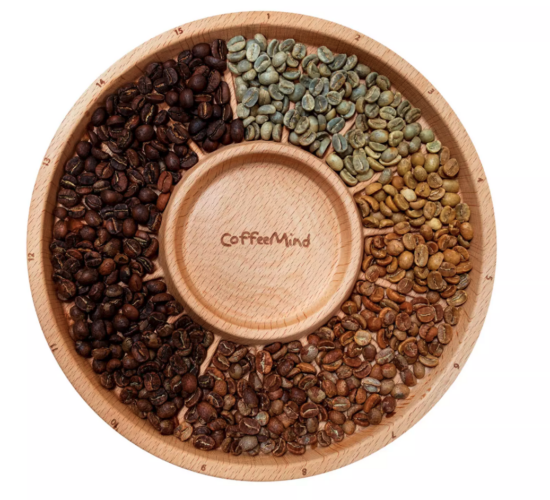
Morten believes that with a focus on the roast-control parameters that have the most impact on coffee’s sensory outcome, anyone can roast coffee well. ”This allows a business more time to explore customer preferences and develop products that they will love. If we take a simplified and systematic approach to coffee roasting, we can serve the coffee community with greater quality, consistency and, above all, confidence,” he says.
Ultimately, trusting science and data over hearsay and personal preferences is the key to success in any industry—and coffee roasting is no different. By understanding the basics, anyone can successfully roast amazing coffee. It all starts by asking the right questions about the purpose of your business, why you started it, and which audience you wish to attract. From then on it’s just a matter of translating your ideas and goals into a final product; and when it comes to coffee roasting, it is more simple than you might think.
ABOUT THE AUTHOR
Vasileia Fanarioti (she/her) is a senior online correspondent for Barista Magazine, and a freelance copywriter and editor with a primary focus on the coffee niche. She has also been a volunteer copywriter for the I’M NOT A BARISTA NPO, providing content to help educate people about baristas and their work. You can follow her adventures at thewanderingbean.net.


